Babies that are born too early and too small often need transfusions. “Friend of the Podcast” Cassandra Josephson returns to answer “Five Essential Neonatal RBC Transfusion Questions”
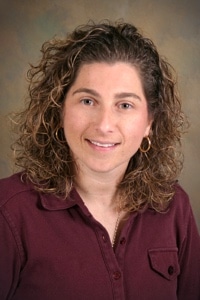
Dr. Cassandra Josephson
She’s Baaa-ack!
Today marks Dr. Josephson’s return to the podcast, and she returns in style! Blood bankers may struggle with the details of red blood cell transfusion to neonates, as there are important differences between this group and the adults and older children we are more accustomed to transfusing. Cassandra is your guide, and she answers “Five Essential Questions about Neonatal RBC Transfusion.”
- When should we give RBCs to babies?
- What about “old” RBCs; does age of blood matter?
- Is preservative important?
- Should the RBCs be modified?
- How do I test for compatibility?
Bonus: If you listen all the way to the end, you will actually hear a sixth question asked and answered that I think you will find useful!

Dr. Cassandra Josephson
She’s Baaa-ack!
Today marks Dr. Josephson’s return to the podcast, and she returns in style! Blood bankers may struggle with the details of red blood cell transfusion to neonates, as there are important differences between this group and the adults and older children we are more accustomed to transfusing. Cassandra is your guide, and she answers “Five Essential Questions about Neonatal RBC Transfusion.”
- When should we give RBCs to babies?
- What about “old” RBCs; does age of blood matter?
- Is preservative important?
- Should the RBCs be modified?
- How do I test for compatibility?
Bonus: If you listen all the way to the end, you will actually hear a sixth question asked and answered that I think you will find useful!
About My Guest:
Dr. Cassandra Josephson is one of only a few physicians in the United States trained and board-certified in Pediatrics, Pediatric Hematology/Oncology, and Blood Banking/Transfusion Medicine. She is a Professor in the Departments of Pathology and Lab Medicine and Pediatrics at Emory University in Atlanta, GA. She is the medical director of the blood/tissue banks, and apheresis services at Children’s Healthcare of Atlanta and Director of Clinical Research in the Emory Center for Transfusion and Cellular Therapies. She is also the co-author of the “Neonatal and Pediatric Transfusion” chapter in the 18th edition of the AABB Technical Manual, among many other publications.
Further Reading:
- Previous Podcast: BBGuy Essentials 012: Pediatric Transfusion with Cassandra Josephson
- Iowa Study: Bell et al, Randomized trial of liberal versus restrictive guidelines for red blood cell transfusions in preterm infants. Pediatrics 2005;115:1685–91.
- PINT Study: Kirpalani et al, The Premature Infants in Need of Transfusion (PINT) study: a randomized, controlled trial of a restrictive (low) versus liberal (high) transfusion threshold for extremely low birth weight infants. J Pediatr 2006;149:301–7
- PINTOS (follow-up to PINT): Whyte RK et al, Neurodevelopmental Outcome of Extremely Low Birth Weight Infants Randomly Assigned to Restrictive or Liberal Hemoglobin Thresholds for Blood Transfusion. Pediatrics 2009 Jan;123(1):207-13.
- TOP Trial Protocol: Transfusion of Prematures (TOP) Trial: Does a Liberal Red Blood Cell Transfusion Strategy Improve Neurologically-Intact Survival of Extremely-Low-Birth-Weight Infants as Compared to a Restrictive Strategy?
- 2016 AABB RBC Transfusion Thresholds: Carson JL et al. Clinical Practice Guidelines From the AABB: Red Blood Cell Transfusion Thresholds and Storage. JAMA. 2016;316(19):2025-2035
- Transfusion-associated Hyperkalemia Report: Lee, A. C., Reduque, L. L., Luban, N. L.C., Ness, P. M., Anton, B. and Heitmiller, E. S. (2014), Transfusion-associated hyperkalemic cardiac arrest in pediatric patients receiving massive transfusion. Transfusion, 54: 244–254.
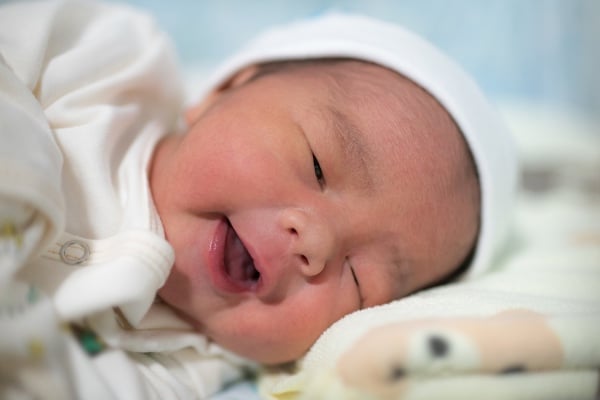




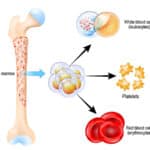

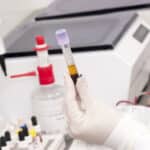



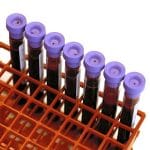

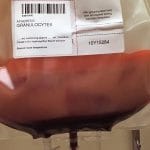
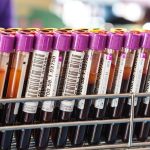
Great pod Have a question. We usually don’t transfuse newborns but our pediatricians are now wanting to transfuse small volumes. My question is we found a syringe with a 150 micron filter. Is this filter sufficient for infants. We have always used a 40 micron filter for pediatric patients but I’m not finding any guidelines on the filters.
Monica, Dr. Josephson answered your question this way: “Yes, we filter plt and rbcs in bb for syringes with Pall set which has 150 micron filter. I find this is the best way to do it so blood doesn’t get trapped in filter with administration set. 40 micron filter is too small. Filter size is usually 170-240 microns.”
I hope that helps!
-Joe
Thanks so much! This really helped.
Another great pod cast, I will have to listen back a second time; because, there is so much content to digest. Thank you for having neonatal and Pediatric specific content.